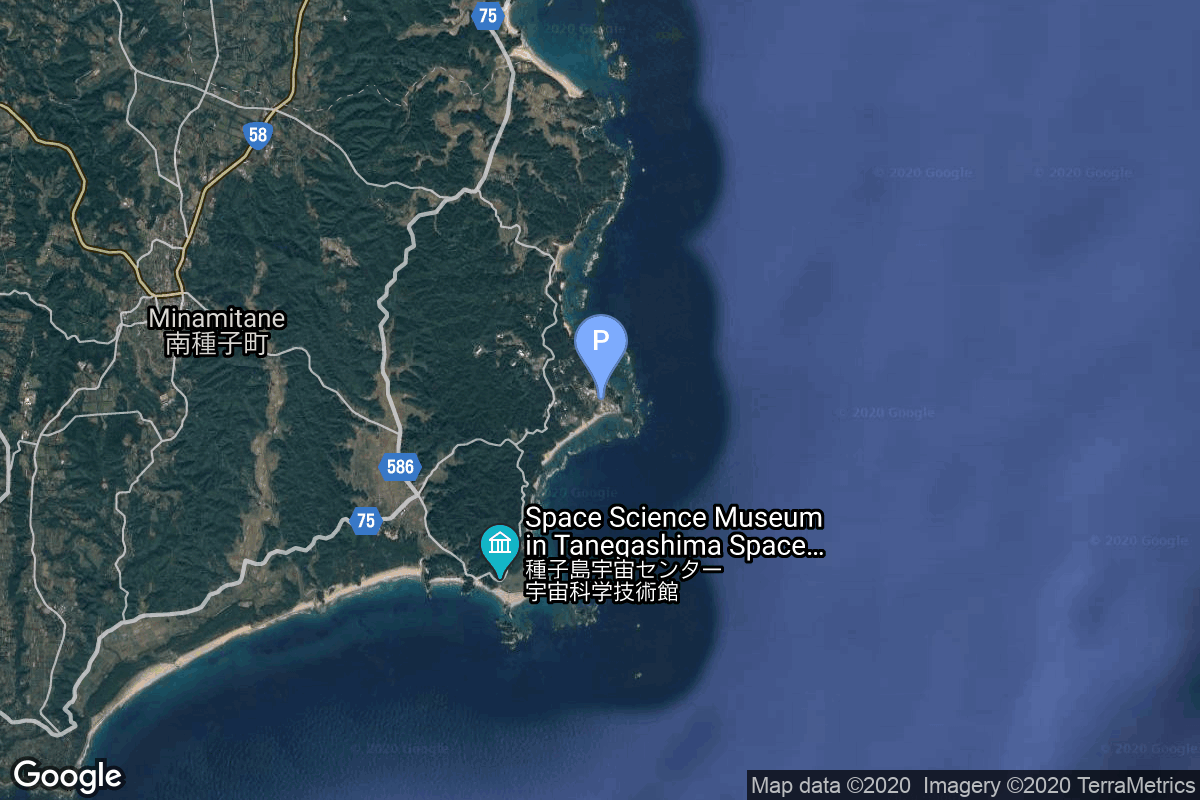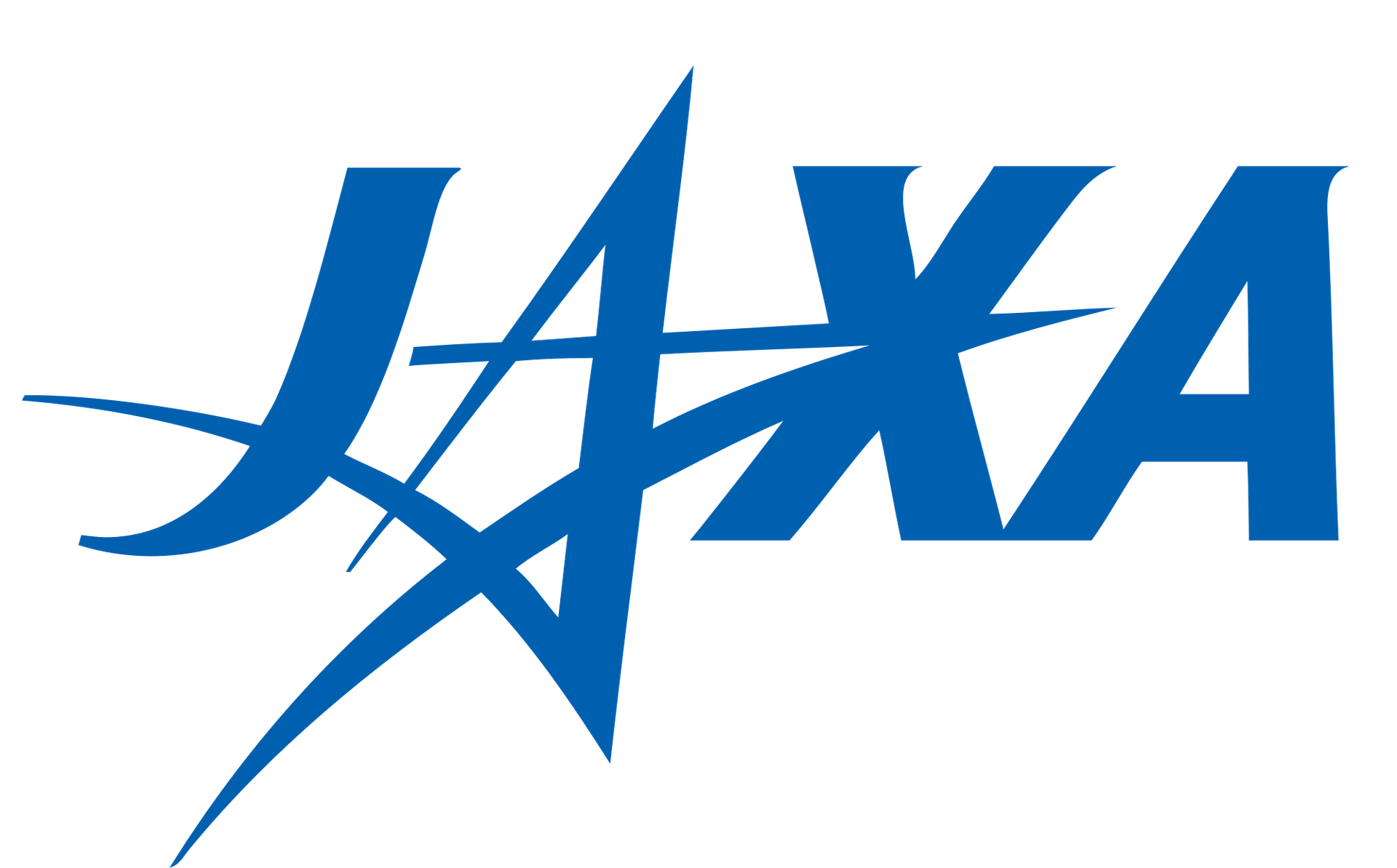Myojo & Ryusei
H-II
Japan Aerospace Exploration Agency
Mission
Myojo & Ryusei
- Type: Robotic Exploration
- Orbit: Low Earth Orbit
The Vehicle Evaluation Payload (VEP), renamed Myojo after launch, was a Japanese spacecraft that provided a ranging function as well as functions to measure the acceleration and deformation, in order to confirm the accuracy of the H-2 rocket orbit injection and understand the environment of the payload equipment. The Orbital Re-entry Experiment (OREX), renamed Ryusei after launch contributed to HOPE development by accumulating experience in designing and producing a re-entry vehicle and acquiring re-entry data which is difficult to acquire in ground experiments.
Location
Yoshinobu Launch Complex LP-1
Tanegashima Space Center, Japan
Yoshinobu Launch Complex LP-1 has witnessed the launch of 55 rockets, including 55 orbital launch attempts, while Tanegashima Space Center, Japan, has been the site for 90 rocket launches.
Rocket
Mitsubishi Heavy Industries H-II
The H-II rocket was a Japanese satellite launch system which flew seven times between 1994 and 1999 with 5 successes. It was developed by NASDA in order to give Japan a capability to launch larger satellites in the 1990s. It was the first two stage liquid fuelled rocket Japan made using only domestic technologies.
Agency
Japan Aerospace Exploration Agency
The Japan Aerospace Exploration Agency (JAXA) is Japan’s national aero-space agency. Through the merger of three previously independent organizations, JAXA was formed on 1 October 2003. JAXA is responsible for research, technology development and the launch of satellites into orbit, and is involved in many more advanced missions, such as asteroid exploration and possible manned exploration of the Moon. JAXA launch their Epsilon vehicle from the Uchinoura Space Center and their H-II vehicles from the Tanegashima Space Center.

